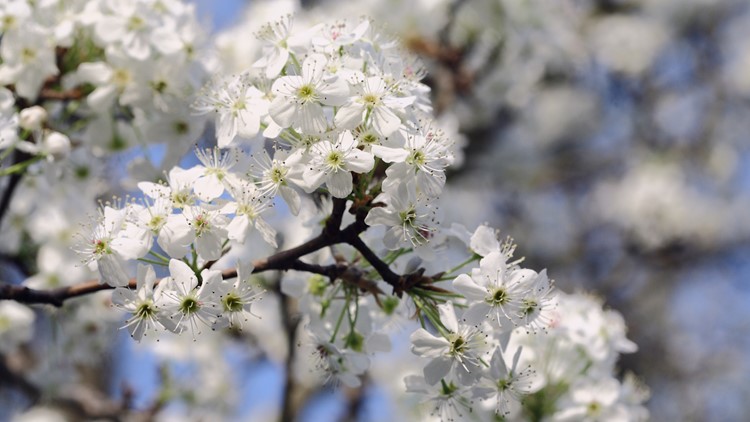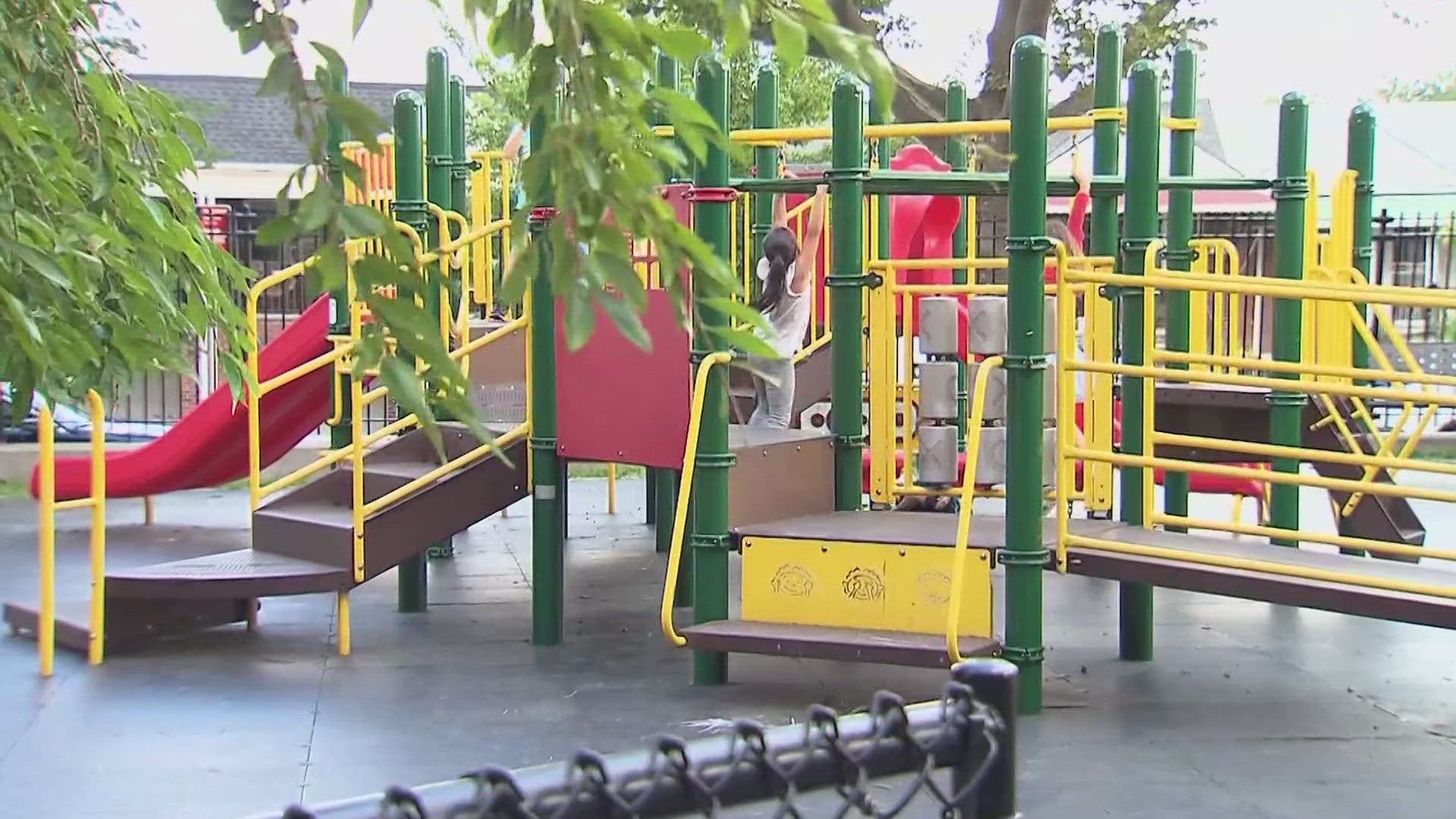FORT WAYNE, Ind. — City leaders in Fort Wayne have a word of warning for homeowners heading into the spring planting season.
Don't plant the stinky tree.
The city's Parks and Recreation Department is recommending against planting the Bradford pear, which can currently be seen in bloom, with their small, white blossoms and distinctive smell.
But the trees aren't native and are considered to be invasive, fighting with native plants and trees for space and resources.
According to WPTA-TV, the trees were first introduced in the 1960s, but were unable to cross-pollinate at the time. Over the years, engineers introduced more varieties that could cross-pollinate with the original Bradford pear.
Experts say if you're in the market for trees for your yard, to research native varieties first.
"I would recommend trying to find a native species for your yard," Derek Veit, superintendent of forestry operations, told WPTA. "They're well-adapted for our environment. They're well-adapted for our soils, and you won't have to worry about this invasiveness. Our native species offer seeds and fruits that our native wildlife also enjoy. So planting native trees also encourages native animals."
Many communities may also hand out free saplings to mark Earth Day or Arbor Day at the end of April to get started on your planting. Check with local authorities for giveaways in your area.
If you spot a Bradford pear in your yard, experts say to dig it up or cut it down before it gets too big.



